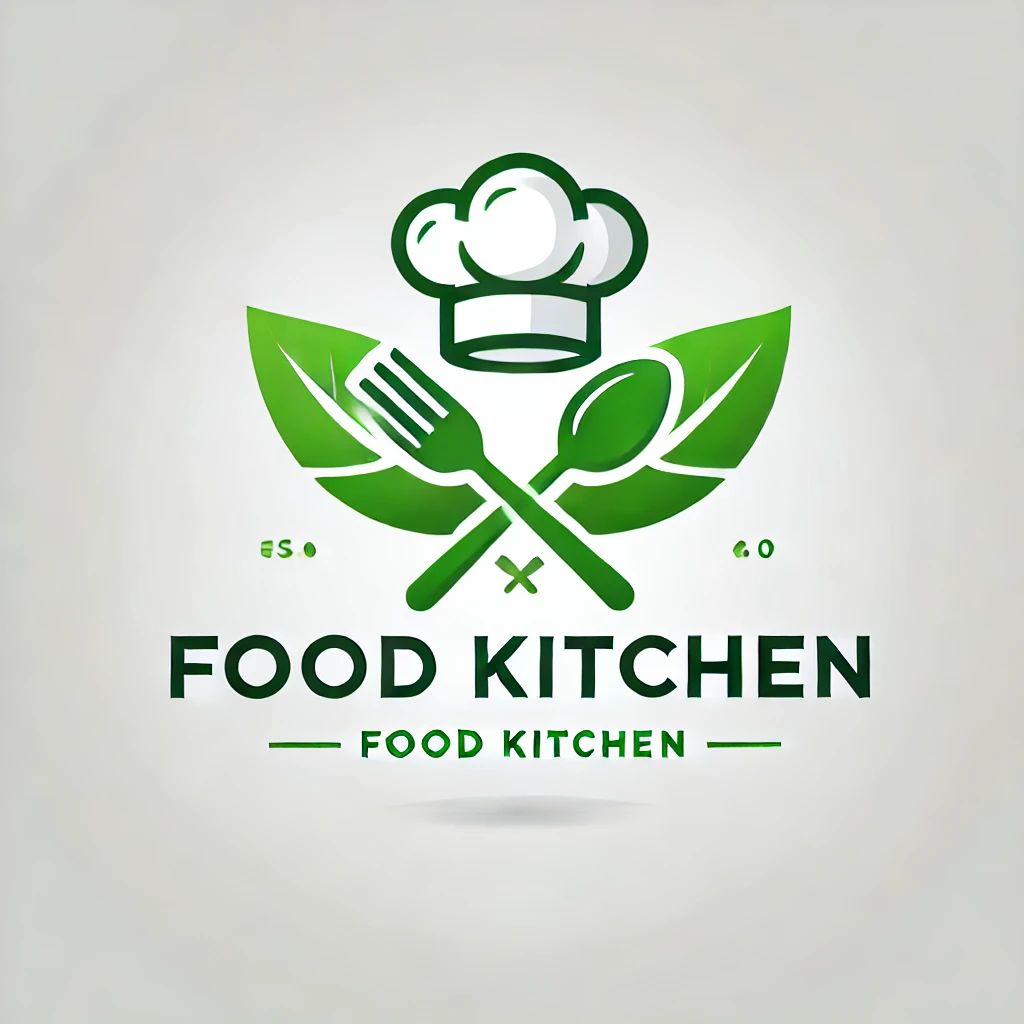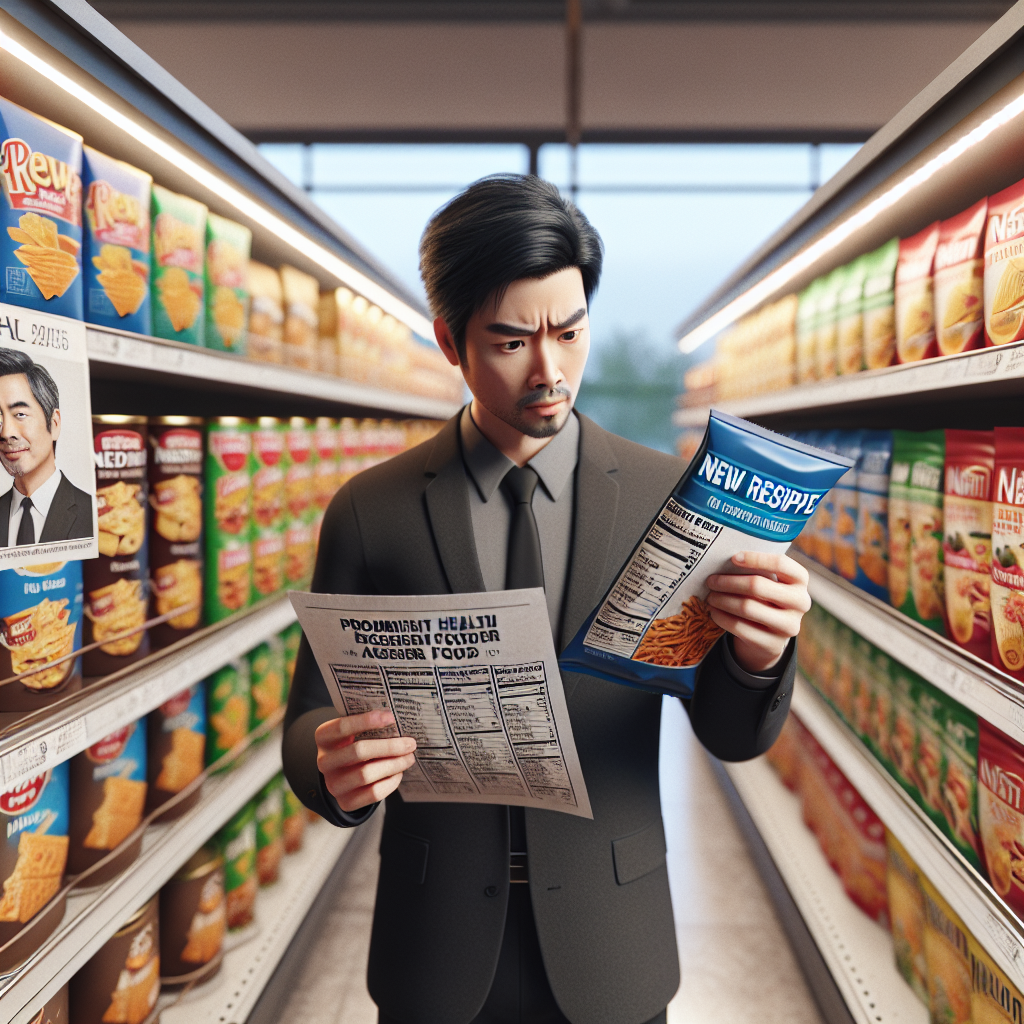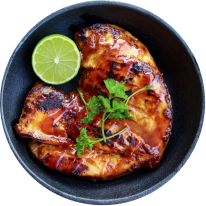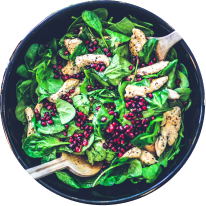Food Companies Revamp Recipes Amid Public Scrutiny: What’s Changing and Why
The Push for Transparency Sparks Industry-Wide Change
In recent months, major food companies have come under increased pressure to reformulate beloved products in response to growing concerns about artificial ingredients, ultra-processed food, and the impact of these additives on public health. Presidential candidate Robert F. Kennedy Jr., a vocal advocate of natural foods and clean labeling, has recently weighed in on the issue, joining a growing movement that demands more transparency and healthier options from food manufacturers.
Kennedy’s comments are part of a broader national conversation that has accelerated reformulations and reignited debates around food additives and consumer health. Brands are not only responding to political figures but also to better-informed and increasingly health-conscious consumers.
Why Are Food Companies Changing Their Recipes Now?
According to nutrition experts and consumer advocacy groups, the shift in food manufacturing practices can be attributed to several key factors:
- Consumer Demand: Shoppers are reading labels more closely and rejecting artificial ingredients and preservatives.
- Regulatory Pressure: Some ingredients banned or restricted in Europe are still commonly found in U.S. products, drawing criticism and prompting “cleaner” recipe overhauls.
- Public Advocacy: High-profile figures like RFK Jr. and health influencers are using digital platforms to amplify concerns about food safety and disclosure.
This confluence of social, political, and economic drivers is pushing food companies to make meaningful changes—or risk losing market share to more transparent, health-forward competitors.
What Ingredients Are Being Eliminated?
Many legacy food brands have begun eliminating or replacing controversial ingredients that consumers now see as red flags. These include:
- Red Dye No. 3: A synthetic food coloring banned in cosmetics by the FDA in 1990 but still found in various processed foods. Companies are now phasing this out due to health concerns.
- BHA and BHT: Preservatives linked to hormone disruption and cancer in some studies, prompting companies to swap them for natural alternatives like rosemary extract or tocopherols (vitamin E).
- High-Fructose Corn Syrup (HFCS): Once ubiquitous, HFCS is now being replaced in many products with honey, agave, or cane sugar due to associations with obesity and metabolic syndrome.
Some companies have also responded by adopting new product lines labeled as “No Artificial Colors or Flavors,” hoping to signal a commitment to cleaner eating.
How Big Brands Are Reacting
Industry giants like Kraft Heinz, General Mills, Mondelez International, and Kellogg’s have all announced ingredient overhauls over the last few years. One glaring example involves the beloved snack, Pop-Tarts. The brand recently announced it would remove artificial dyes from its recipes, including Red 40 and Yellow 6, which are often criticized for their potential behavioral effects on children.
Meanwhile, Kraft has previously reformulated its iconic macaroni and cheese to remove artificial colors in response to backlash and declining sales. Cereal brands are also updating their formulas, removing titanium dioxide—a whitening agent banned in Europe but still used in some U.S. cereals and candies.
New Labeling Trends Reflect Consumer Values
Beyond ingredient lists, product labels are also changing. Terms such as:
- “No Artificial Flavors”
- “Non-GMO”
- “Organic Ingredients”
- “Free from Synthetic Dyes”
are becoming more commonplace across packaging. These changes are designed to build trust with the modern consumer, who is more educated and selective than ever before.
What Role Does Legislation Play?
State-level legislation is one of the most significant catalysts for change. California, for instance, has proposed bans on several food additives still permitted by federal regulators, prompting brands with national distribution to change recipes in advance of legal changes going into effect.
Additionally, as the U.S. continues to trail Europe in banning certain synthetic additives, advocates are calling for the FDA to tighten its regulations. If that happens, we could see even faster shifts in formulation across the food industry.
Robert F. Kennedy Jr.’s Influence on the Debate
Though Kennedy is more widely known for his environmental advocacy, his entrance into nutrition politics as a presidential candidate has amplified concerns about what’s in our food. In a recent campaign stop, Kennedy criticized major food conglomerates for putting profits above health and for using questionable ingredients that are outlawed in other countries.
His statements resonate with a substantial portion of the electorate seeking not only political change but healthier food systems. His platform encourages closer scrutiny of federal food agencies and demands greater food safety accountability.
How Consumers Can Influence Change
Consumers play an important role in shaping market dynamics. By choosing brands with transparent labeling and clean ingredients, shoppers can vote with their wallets. Social media also gives everyday consumers a voice, enabling them to organize campaigns, petitions, and boycotts against brands that are slow to adapt.
Health-conscious parents, for example, have been instrumental in pushing large snack brands to eliminate synthetic dyes linked to behavioral issues such as ADHD. Their grassroots efforts often precede corporate change, showing how powerful community action can be.
The Future of Food Manufacturing
With the tide turning in favor of cleaner labels and less processed foods, manufacturers will need to not only reformulate existing products but also rethink their innovation strategies. This includes:
- Developing functional foods with health benefits
- Investing in natural ingredient alternatives
- Committing to greater sustainability in the production process
Moreover, companies may begin partnering with nutritionists, dietitians, and consumer wellness advisors to fine-tune formulations and better serve health-conscious demographics.
Challenges Ahead
Despite the positive movement, there are challenges:
- Cost: Natural alternatives to synthetic preservatives can be more expensive, impacting profit margins.
- Supply Chain Complexity: Sourcing clean ingredients in bulk can be more demanding and less scalable.
- Taste Preferences: Reformulations may impact flavor or texture, which could alienate long-time customers.
Balancing performance, flavor, shelf life, and health benefits will require innovation and strategic investment.
Conclusion: A Healthier Future in Progress
We are at a pivotal moment in the food industry as public demand, legislative pressure, and advocacy from figures like Robert F. Kennedy Jr. converge to drive meaningful change. From removing artificial dyes to adopting clean-label practices, food manufacturers are waking up to the modern consumer’s expectations.
As this movement continues to gain momentum, consumers can expect to see supermarket shelves populated with products that are not only tastier but also safer and more transparent. For busy families, health advocates, and policymakers alike, this evolution represents a significant step forward in the pursuit of a healthier nation.
By staying informed and supporting brands that adopt cleaner practices, we all play a part in shaping the future of food.













